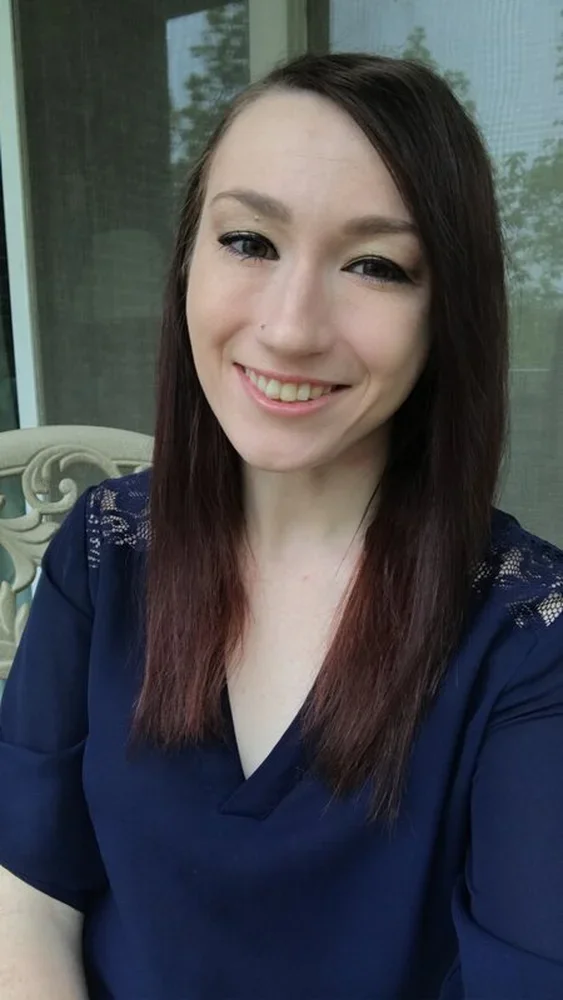
Congratulations to Clinical-Community doctoral student Katie Kemp, advised by Professor of Psychology Thomas Kwapil, who has received a grant from the American Psychological Foundation to support her dissertation!
Schizophrenia is the most extreme manifestation of a continuum of symptoms and impairment known as schizotypy. Schizotypy is multidimensional with positive, negative, and disorganized dimensions. My research has examined the construct validity of multidimensional schizotypy in a series of questionnaire, interview, and experience sampling methodology (ESM) studies that have provided support for the multidimensional model of schizotypy and differential expression of these dimensions. However, prior research has primarily examined mean levels of schizotypy indicators rather than time-dependent fluctuations of schizotypic experiences, or schizotypic dynamics. This dissertation will extend prior research by novelly examining associations between a trait-based measure of schizotypy and temporal dynamics of schizotypic experiences using ESM in a large, non-clinical sample (n>650). Schizotypic experiences include psychotic-like experiences (e.g., odd beliefs, unusual perceptions, suspiciousness), negative schizotypic experiences (e.g., diminished emotions, thoughts, pleasure), and disorganized thoughts, behavior, and emotions. Temporal dynamics include variability (deviations from mean levels), reactivity (strength of responses following perturbations), inertia (persistence of states), and instability (strength and frequency of moment-to-moment fluctuations). This study will employ sophisticated multilevel and time-series modeling (e.g., Dynamic Structural Equation Modeling) to examine schizotypic dynamics. The trait-level schizotypy dimensions are hypothesized to be associated both with mean levels of corresponding schizotypic experiences in daily life (e.g., positive schizotypy with psychotic-like experiences) and with differential patterns of schizotypic dynamics, thereby providing further support for schizotypy’s multidimensional structure. Examining differential daily-life dynamics in positive, negative, and disorganized schizotypy in a non-clinically ascertained sample should provide additional evidence for distinct etiological pathways to clinical disorders.
